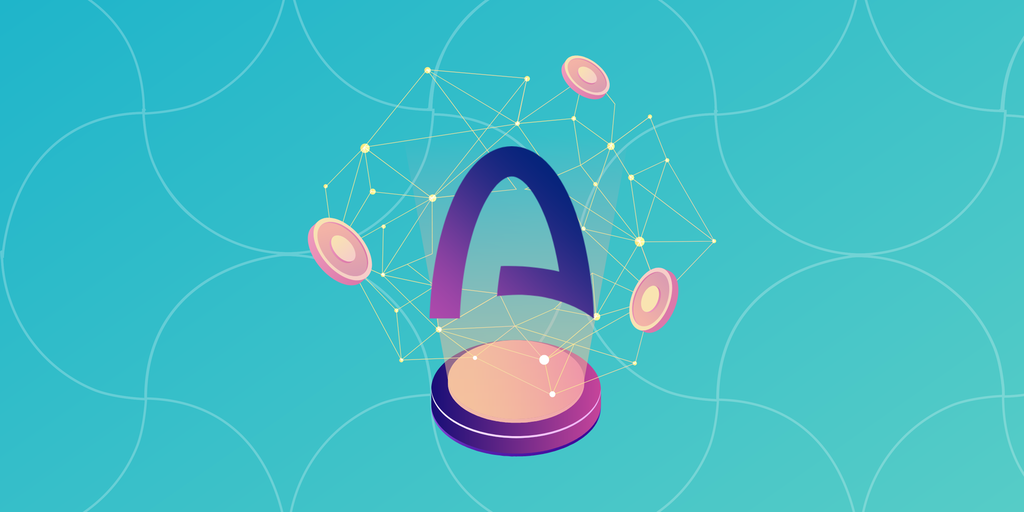Listen to the article
In brief
Circle, the company behind the USDC stablecoin, has launched a new blockchain platform called Arc. Unlike blockchains like Ethereum or Solana, Arc is a Layer-1 network designed specifically to support stablecoin-based applications.
Stablecoins are tokens whose value is tied to fiat currencies such as the dollar. Arc is Circle’s effort to address the infrastructure challenges that limit the adoption of stablecoins at an institutional scale.
“We’ve helped enterprises and builders use USDC across dozens of networks,” Rachel Mayer, VP of Product Management at Circle, told Decrypt. “The consistent feedback has been: make costs predictable, settlement finality deterministic, and privacy compatible with real-world obligations.”
This article will explain what Arc is, how it works, and what Circle says sets it apart from other blockchain platforms.
Why Circle built Arc
While a part of the crypto market for years, stablecoins like USDT and USDC have seen growing interest and adoption following the passage of the GENIUS Act, which President Donald Trump signed into law in July 2025.
However, Circle argues that most existing blockchains were not designed to support stablecoins. Common limitations that Circle points to include:
Circle said Arc addresses these challenges by offering instant and irreversible transaction settlement (known as deterministic finality), predictable fees priced in stablecoins, optional privacy features that support regulatory compliance, and built-in connections to other blockchains and traditional financial systems.
Arc is being rolled out in three phases:
USDC as native gas
By using USDC, a digital currency backed by real-world assets, Circle aims to eliminate the need for volatile tokens to pay transaction fees. The network can also support other stablecoins as gas via a paymaster system.
According to Circle, Arc’s fee model builds on Ethereum’s EIP-1559 architecture but replaces block-level adjustments with a weighted moving average of network demand. This smoothing mechanism keeps fees low and predictable. Fees are denominated in USDC and directed to an on-chain Arc Treasury.
“Arc’s fast finality and native gas coupled with Circle’s CCTP and Gateway interoperability service-as-a-stablecoin liquidity hub, enable USDC to move across the blockchain ecosystem freely,” Mayer said. “So builders and users can be on the networks that fit their needs while still tapping Arc’s stablecoin-optimized rails.”
This design enables dollar-based, auditable, and stable fee structures, which Circle said are better suited to financial institutions than speculative token models.
Deterministic settlement and consensus
Arc’s consensus layer is powered by Malachite, a Byzantine Fault Tolerant (BFT) engine based on Tendermint. Validator selection is currently permissioned and based on operational resilience, geographic distribution, and regulatory compliance. Plans include a transition to a “permissioned” Proof-of-Stake mechanism, according to Circle.
To reduce the chance for abuse, the Circle is developing tools like encrypted mempools, batch transaction processing, and multi-proposer consensus, all aimed at ensuring fairer execution in financial applications.
Opt-in privacy for institutions
Arc includes a modular privacy system designed to balance compliance with confidentiality. The first feature, confidential transfers, shields transaction amounts while keeping addresses visible. Smart contracts interact with a cryptographic backend via precompiles, using Trusted Execution Environments (TEEs) for private computation.
Institutions can selectively disclose data to regulators or auditors via view keys. Over time, Arc plans to support:
Circle’s tools connect fiat and USDC across Arc and other blockchains: Mint converts fiat to USDC on Arc, CCTP transfers USDC by burning and reminting it across chains, and Gateway offers chain-agnostic USDC balances with built-in liquidity rebalancing for wallets and apps.
“Arc strengthens the broader multichain ecosystem by unlocking new use cases, partners, and institutional liquidity on-chain,” Mayer said. “Builders and users can be on the networks that fit their needs while still tapping Arc’s stablecoin-optimized rails.”
Positioning in the blockchain ecosystem
Arc enters a competitive environment that includes public Layer-1 blockchains such as Bitcoin, Ethereum, and Solana, stablecoin-focused chains like Plasma and Frontier, Layer-2 networks such as Arbitrum and Base, and private or semi-public networks operated by payments firms.
Circle’s differentiator is its existing position in the market as the issuer of USDC, one of the largest stablecoins.
By building a purpose-specific chain for programmable, compliant financial operations, Arc aims to extend the utility of stablecoins beyond payments and into real-time settlement, tokenization, and global capital.
“Regulatory clarity is often a catalyst for institutional adoption,” Mayer said, adding that Arc is designed to be “enterprise-grade.”
Daily Debrief Newsletter
Start every day with the top news stories right now, plus original features, a podcast, videos and more.


